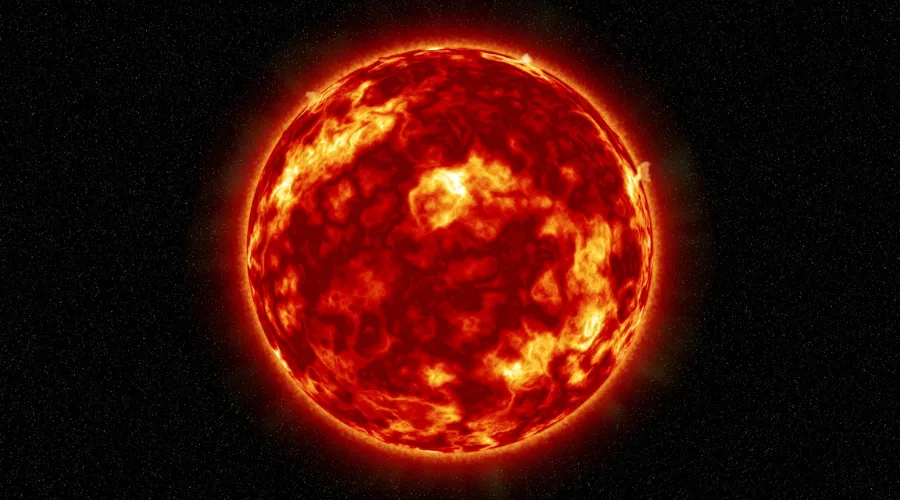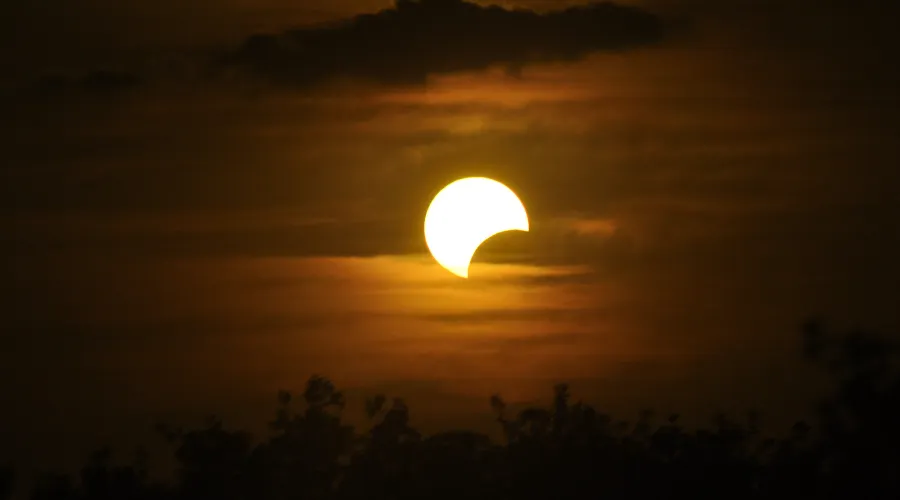Ever Heard of a ‘Solar Particle Shower’? Discover This Cosmic Phenomenon

The universe is full of celestial spectacles, but few are as enigmatic—and as potentially disruptive—as a solar particle shower.
Anúncios
Unlike the gentle rain that nourishes Earth, this cosmic deluge consists of high-energy particles ejected by the Sun, capable of affecting satellites, astronauts, and even power grids.
But what exactly triggers this phenomenon, and should we be concerned?
The Sun’s Hidden Fury: What Is a Solar Particle Shower?
When we think of solar activity, sunspots and solar flares often steal the spotlight.
Yet, a solar particle shower is a different beast altogether.
These showers occur when the Sun hurls protons, electrons, and heavier ions into space at near-light speeds, often following a coronal mass ejection (CME) or an intense solar flare.
Unlike auroras, which paint the sky in ethereal colors, these particle bombardments are invisible yet far more consequential.
Imagine a firehose blasting charged particles across the solar system—some reaching Earth within minutes.
The speed and energy of these particles can pose serious risks to technology and human health.
For instance, astronauts aboard the International Space Station must take precautions during solar events, as the increased radiation can lead to acute health issues.
Why Should We Care?
In 1989, a powerful geomagnetic storm triggered by solar particles blacked out Quebec’s power grid for nine hours, leaving millions in the dark.
A similar event today, in our hyper-connected world, could disrupt GPS, radio communications, and even stock markets.
The implications extend beyond immediate disruptions; long-term effects could impact everything from food supply chains to emergency services.
As our reliance on technology grows, so does our vulnerability to these cosmic events.
Understanding the potential risks allows governments and organizations to develop strategies to mitigate the impact of solar particle showers.
For more information about the effects of solar activity on Earth, you can visit the NOAA Space Weather Prediction Center.
The Science Behind the Storm
Solar particle showers aren’t random; they follow a precise astrophysical script.
Here’s how they unfold:
- Eruption on the Sun – A solar flare or CME rips through the Sun’s corona, tearing open magnetic field lines.
- Particle Acceleration – Shockwaves propel charged particles to relativistic speeds.
- Interplanetary Journey – These particles travel along the solar wind, some colliding with Earth’s magnetosphere.
NASA’s Parker Solar Probe has revealed that these events can generate particles with energies exceeding 1 GeV—enough to penetrate spacecraft shielding.
The study of these phenomena is crucial for understanding not just solar activity, but also its broader implications for space weather.
By unraveling the mechanics behind solar particle showers, scientists can better predict their effects and prepare for potential disruptions.
Table 1: Types of Solar Ejections and Their Effects
| Event | Particle Energy | Potential Impact on Earth |
|---|---|---|
| Solar Flare | Moderate | Radio blackouts |
| Coronal Mass Ejection (CME) | High | Geomagnetic storms |
| Solar Particle Shower | Extreme | Radiation hazards |

+ The Largest Star in the Universe: Everything About UY Scuti and Its Secrets
A Double-Edged Sword: Risks and Surprising Benefits
While a solar particle shower poses risks, it also plays a role in shaping space weather and even Earth’s climate.
For example:
- Space Travel Hazards – Astronauts outside Earth’s protective magnetosphere face increased cancer risks from prolonged exposure.
- Atmospheric Chemistry – These particles enhance nitrogen oxide production, which can temporarily deplete the ozone layer.
Yet, there’s a silver lining. Some researchers suggest that past particle events may have influenced genetic mutations, accelerating evolution.
Could life on Earth owe part of its diversity to these cosmic bombardments?
Additionally, these showers can also contribute to the formation of new atmospheric phenomena, adding complexity to our understanding of Earth’s climate system.
The interplay between solar activity and terrestrial processes is a fascinating area of study, revealing how interconnected our planet is with the cosmos.
How Do We Detect and Predict These Events?
Modern observatories like NOAA’s DSCOVR satellite monitor solar activity in real-time, providing crucial warnings.
However, predicting the intensity of a solar particle shower remains challenging.
Advancements in technology have improved our ability to track solar events, but there are still gaps in our understanding.
Researchers are continually working to enhance models that forecast solar activity and its potential impacts on Earth.
These predictive efforts are vital for safeguarding infrastructure and ensuring public safety during solar events.
Collaboration between international space agencies and research institutions is essential to develop comprehensive strategies for monitoring solar activity.

++ Aurora Borealis: How Solar Winds Create Lights in the Night Sky
Table 2: Key Solar Monitoring Missions
| Mission | Agency | Primary Function |
|---|---|---|
| Parker Solar Probe | NASA | Study solar particle acceleration |
| SOHO | ESA/NASA | Monitor CMEs and flares |
| DSCOVR | NOAA | Space weather forecasting |
A Cosmic Dance: Earth’s Defense Mechanisms
Thankfully, our planet isn’t defenseless.
The magnetosphere acts like an invisible shield, deflecting most solar particles.
But during extreme events, some slip through, funneling toward the poles and sparking auroras.
Example: In 2012, a massive CME missed Earth by just nine days.
Had it hit, experts estimate it could have caused $2 trillion in damages—a stark reminder of our vulnerability.
Understanding how these defense mechanisms work can inform better strategies for protecting technology and human life during solar events.
Research into enhancing our magnetic shield, or developing technology that can withstand solar radiation, is ongoing.
The Future: Are We Prepared for the Next Big One?
With solar activity ramping up toward its 2025 peak, the question isn’t if another major solar particle shower will occur—but when.
Governments and space agencies are investing in early warning systems, but infrastructure hardening remains a work in progress.
In addition to technological advancements, public awareness and education are crucial for preparedness.
Communicating the risks and potential impacts of solar particle showers can empower communities to take proactive measures.
Building resilient infrastructure that can withstand solar events is essential for minimizing disruptions in daily life.
A multi-faceted approach, combining technology, education, and preparedness, will be key to navigating the challenges posed by solar activity.
Final Thought: The Sun is both life-giver and potential disruptor.
Understanding these particle showers isn’t just about avoiding catastrophe—it’s about unlocking the secrets of our star’s dynamic behavior.
So, the next time you gaze at the Sun, remember: behind its golden glow lies a storm of particles, waiting to remind us of the cosmos’ untamed power.
Are we ready?
